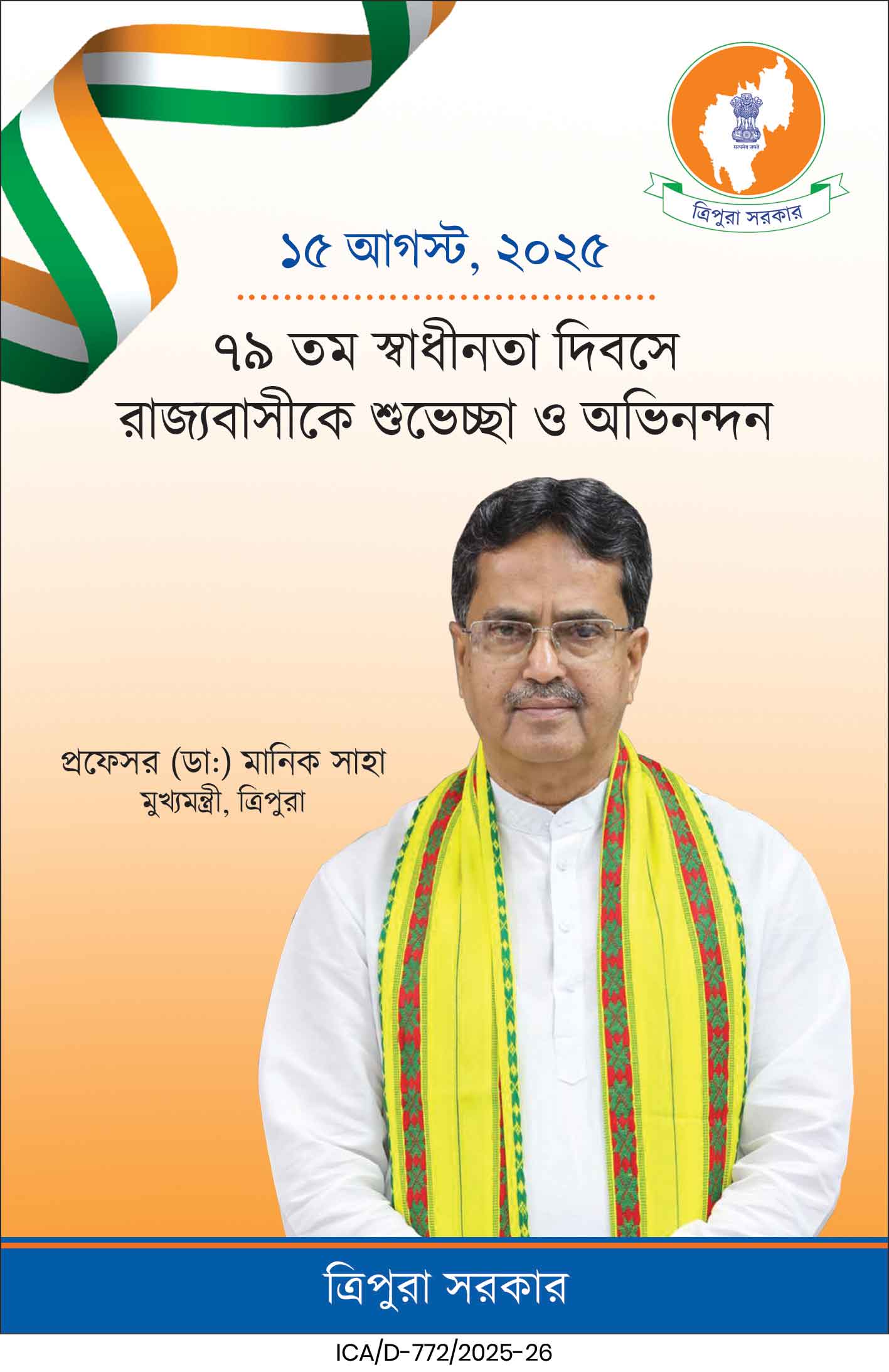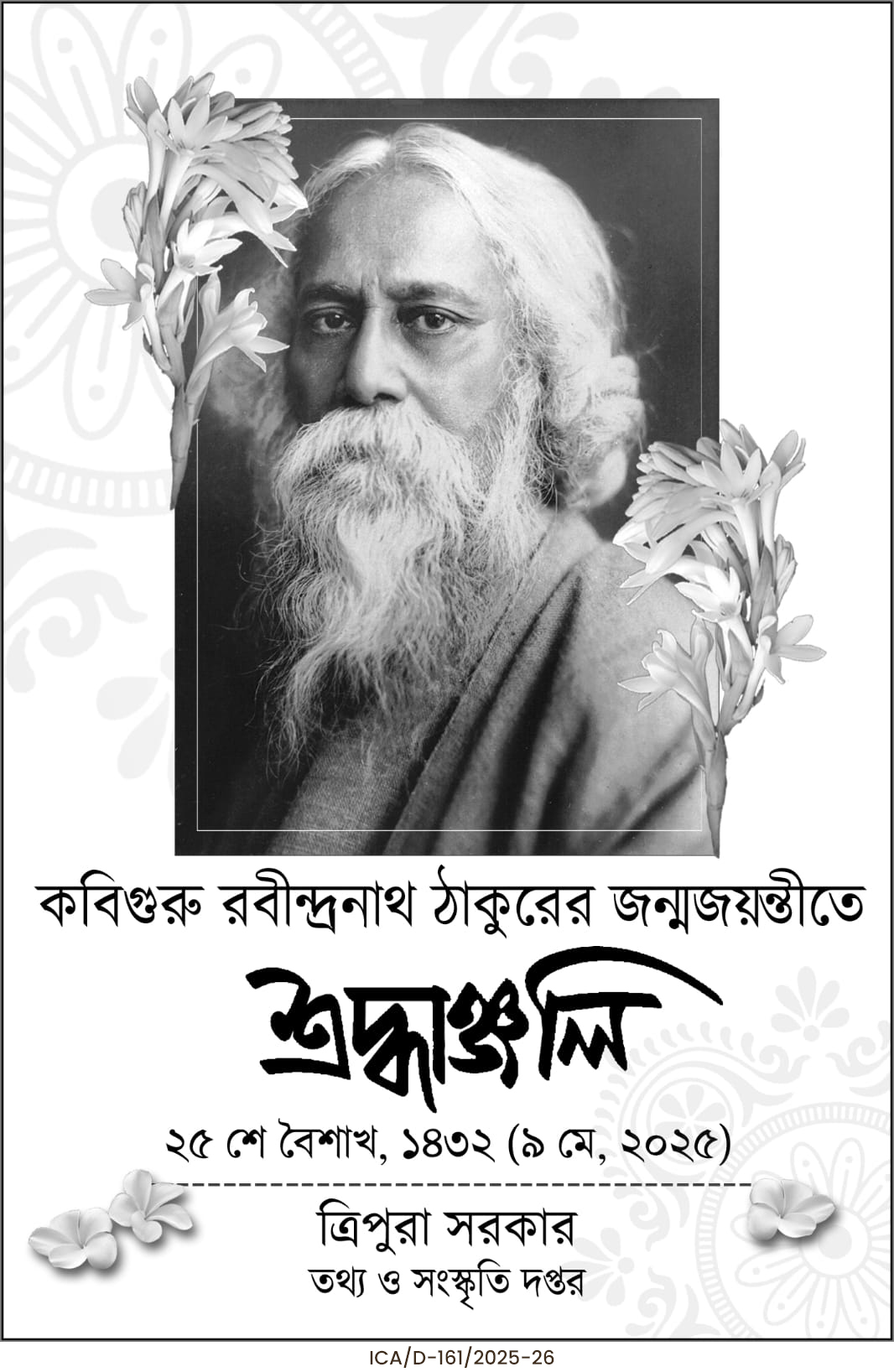Pakistan PM Shehbaz Sharif’s four-nation tour to Turkey, Iran, Azerbaijan, and Tajikistan failed to garner support after India’s Operation Sindoor. Attempting to internationalize Kashmir and portray Pakistan as a terror victim, Sharif’s efforts met with diplomatic coldness and highlighted Islamabad’s regional isolation.
In the aftermath of India’s resolute military response to the April 22 Pahalgam terror attack, dubbed Operation Sindoor, Pakistan Prime Minister Shehbaz Sharif embarked on a four-nation regional diplomacy tour from May 25 to 30. The tour — which included stops in Turkey, Iran, Azerbaijan, and Tajikistan — was ostensibly designed to position Islamabad as a victim of terrorism and to internationalize the Kashmir issue. However, the diplomatic overture fell flat, with most countries maintaining a cautious distance and refusing to toe Pakistan’s line.
Sharif’s tour came at a time when international focus was sharply attuned to terrorism, especially after India’s dismantling of terror infrastructure in Pakistan and Pakistan-occupied Kashmir. Attempting to spin the narrative, Sharif emphasized Islamabad’s purported commitment to peace while accusing India of withholding evidence and unfairly blaming Pakistan for the Pahalgam attack. Unfortunately for him, these claims found little resonance.
The first leg of the trip took Sharif to Iran, a country with which Pakistan shares a turbulent relationship. The 959-kilometre-long border between the two nations has long been a hotspot for insurgency and militant movements. The situation worsened earlier this year when Iran conducted missile strikes on what it claimed were strongholds of Jaish-al-Adl, a Sunni Balochi separatist group operating from Pakistan. Tehran, in turn, has accused Pakistan of harbouring anti-Iranian militants, including the Balochistan Liberation Army (BLA) and the Balochistan Liberation Front (BLF).
During a joint press conference in Tehran on May 26, newly elected Iranian President Masoud Pezeshkian issued a veiled warning, stressing the need for secure borders free from the activities of terrorist and criminal groups. Pezeshkian subtly underlined the role of regional actors in fostering security, implying that Pakistan’s track record left much to be desired.
Sharif then traveled to Azerbaijan, meeting President Ilham Aliyev in Lachin on May 27. The focus here was on economic cooperation, with Azerbaijan reaffirming a proposed $2 billion investment in Pakistan. Despite Sharif’s enthusiasm, the bilateral agenda appeared to be more commercial than strategic. Azerbaijan, meanwhile, continues to be associated with networks involving fake passport and visa rackets operated by Pakistani nationals, raising further questions about Islamabad’s credibility.
Next, Sharif made his way to Dushanbe for a meeting with Tajik President Emomali Rahmon during the first International High Level Conference on Glaciers Preservation (ICGP) on May 29-30. Here, the Pakistani PM tried to pivot the conversation to the Indus Waters Treaty (IWT), which India has temporarily put on hold. However, his remarks fell flat, receiving minimal attention during the conference. Discussions with Tajik leaders centered around energy collaboration, including CASA-1000, and regional connectivity — but again, any real diplomatic traction was visibly absent.

Tajikistan, while geographically and economically significant, remains wary of Islamabad’s activities. Tajik civil society and security experts view Pakistan as a breeding ground for terrorism, with concerns particularly focused on the potential targeting of the Ismaili Shia community in the Gorno-Badakhshan Autonomous Oblast (GBAO). Despite backdoor overtures from Pakistan’s military and intelligence brass, including a visit by NSA Lt. Gen. Muhammad Asim Malik last December, Tajikistan remains unconvinced.
Throughout the trip, Shehbaz Sharif made repeated overtures to reopen dialogue with India. Yet the lack of enthusiasm or endorsement from the host nations demonstrated a glaring lack of diplomatic traction. Even the joint statements issued after meetings were largely impartial, offering little to support Islamabad’s narrative or objectives.
| Also Read: Joint Assam-Meghalaya plan to tackle urban flooding in Guwahati |
Analysts liken the failure of this tour to that of “Bunyan-un-Marsoos,” a prior Pakistani military and diplomatic initiative that ended in international embarrassment. The current episode once again exposes Pakistan’s strategic limitations and waning diplomatic clout. Rather than isolating India, Sharif’s tour underscored Islamabad’s isolation on the world stage.
Furthermore, Pakistan’s attempts to curry favor with Central Asian republics, possibly under China’s strategic encouragement, have been met with skepticism. These nations are increasingly conscious of the destabilizing role played by Pakistan in the region through its support of non-state actors. As a result, Sharif’s trip ended not with a bang, but with a whimper — offering more photo-ops than policy shifts.
In summary, Shehbaz Sharif’s four-nation tour not only failed to generate international sympathy or support but also exposed the cracks in Pakistan’s regional relationships. At a time when Islamabad should be taking serious stock of its internal security challenges and global perception, it instead chose to double down on a narrative that found few takers.





